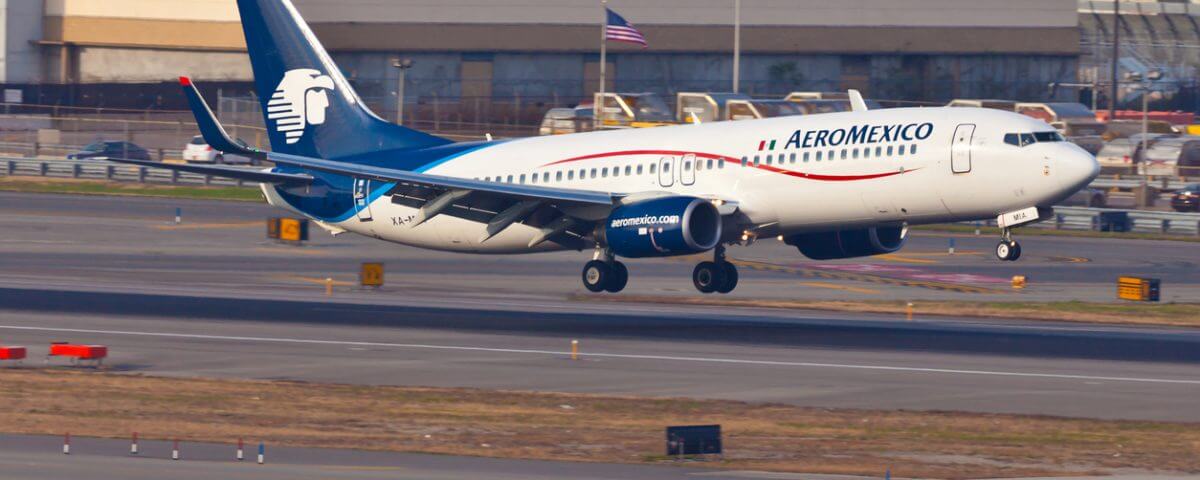
How Do I Ship with Dry Ice?
February 7, 2018
Air vs. Ocean When Shipping a Car
February 12, 2018Mexico City’s Airport Strains with Shipping Growth

 Mexico City International Airport is Latin America’s busiest airport. 483,000 tons of cargo move through it every year. These numbers represent an airport that’s reached its limits. As trade continues to grow, shipping to Mexico means that Mexico City International shares passengers and cargo responsibilities with several other airports in the area.
Mexico City International Airport is Latin America’s busiest airport. 483,000 tons of cargo move through it every year. These numbers represent an airport that’s reached its limits. As trade continues to grow, shipping to Mexico means that Mexico City International shares passengers and cargo responsibilities with several other airports in the area.
Reaching Capacity
Mexico City International Airport will soon be replaced by a new airport at Ecatepec. The site’s been used since 1915, though commercial use didn’t begin until 1928 and the commercial airport wouldn’t be opened officially until 1931.
Nonetheless, the airport’s since strained at its boundaries. As Mexico’s economy has grown, use of the airport has skyrocketed. Its two runways operate nearly constantly, but it’s had to rely on supporting airports in the area to truly achieve the air freight needs of a city the size of Mexico City.
Mexico’s Strength & NAFTA
Mexico’s economy is 15th largest in the world. It has the 11th largest purchasing power parity. If it wasn’t smack up right against the largest economy in the world in the United States, Mexico would more often be thought of as a fantastic opportunity for investment and economic growth.
Despite some political motion to the contrary, it would be hard to negotiate a better trade deal with Mexico than the U.S. currently enjoys. Mexico’s in a far stronger position than they were in the 1990s, with vastly increased foreign investment and strong interest from powers like China.
Under NAFTA, the U.S. benefits handsomely – 40% of all components used in goods manufactured in Mexico for export to the U.S. have to be sourced initially from the U.S. This creates a brisk trade between the two countries that benefits a range of businesses. Both shipping to Mexico and shipping from Mexico can be accomplished with relative ease. Despite Mexico City International’s limits, the airport network in Mexico still makes air freight easy to manage.
